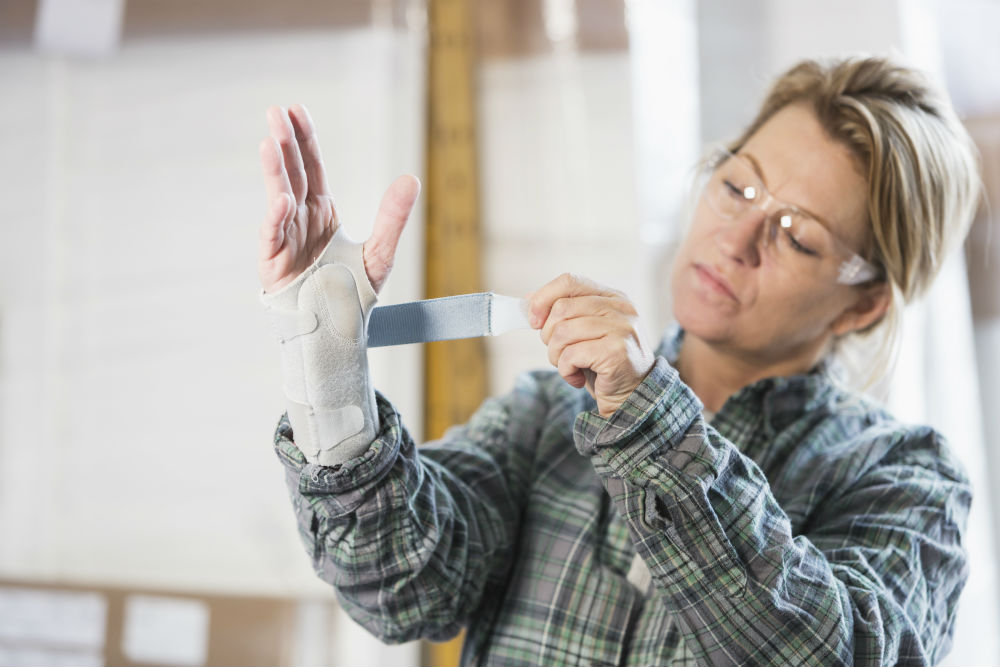
Strains, sprains leading cause of workplace injury in Ontario
February 28, 2020
By
OHS Canada
February 29 is International Repetitive Strain Injury (RSI) Awareness Day

(kali9/Getty Images)
February 29 is International Repetitive Strain Injury Awareness Day.
As the only non-repetitive day of the year, it’s the ideal date to devote to raising awareness of repetitive strain injuries, according to the Canadian Centre for Occupational Health and Safety (CCOHS) in Hamilton.
On non-leap years, RSI Awareness Day is held Feb. 28.
Common RSI injuries include tennis elbow, carpal tunnel syndrome, tendonitis, bursitis and damage to the rotator cuff. They often affect the wrists and hands, forearms and elbows, neck and shoulders.
These injuries develop slowly and can happen in any workplace where people are bending, straightening, gripping, holding, twisting, clenching or reaching for prolonged periods, according to the CCOHS.
No matter what you call them — musculoskeletal disorders (MSDs) or repetitive strain injuries (RSIs) — sprains and strains account for almost 50 per cent of all allowed lost-time claims in Ontario workplaces, according to the Workplace Safety and Insurance Board (WSIB).
Between 2009 and 2018, about 190,000 Ontario workers lost time due to sprains and strains.
‘Serious problem’
“MSDs don’t usually have an immediate traumatic impact, so people tend not to think of them as particularly serious injuries,” says Lisa Hanna, an ergonomist at WSIB in Toronto. “However, when you consider that sprains and strains are the leading cause of injury in Ontario workplaces, they do qualify as a serious problem. But the good news is they can be prevented.”
RSI Awareness Day is the perfect time for employers to make sure they know how to prevent these injuries in the workplace, she says.
“This is particularly important for people working in the services, health care, and manufacturing industries,” says Hanna. “They are the top three industries with sprains and strains as the most commonly reported injury to the WSIB.”
The Centre of Research Expertise for the Prevention of Musculoskeletal Disorders’ (CRE-MSD) MSD Prevention Guideline offers practical tips and examples to help understand and prevent MSDs.
The guideline also shares a few tips to consider to help prevent sprains and strains in the workplace, including:
- Store it off the floor. Store — and work on — objects between your hip and chest height.
- Keep it close. Store objects or work close to your belly button.
- Hands below head. Work with your hands below your head.
- Look straight ahead. Work with the head straight and level.
- Get a (good) grip. Tools and gloves should fit your hands, keeping hands and wrists strong.
- Change it up. A well-organized job has variety and pauses that give the body time to recover.